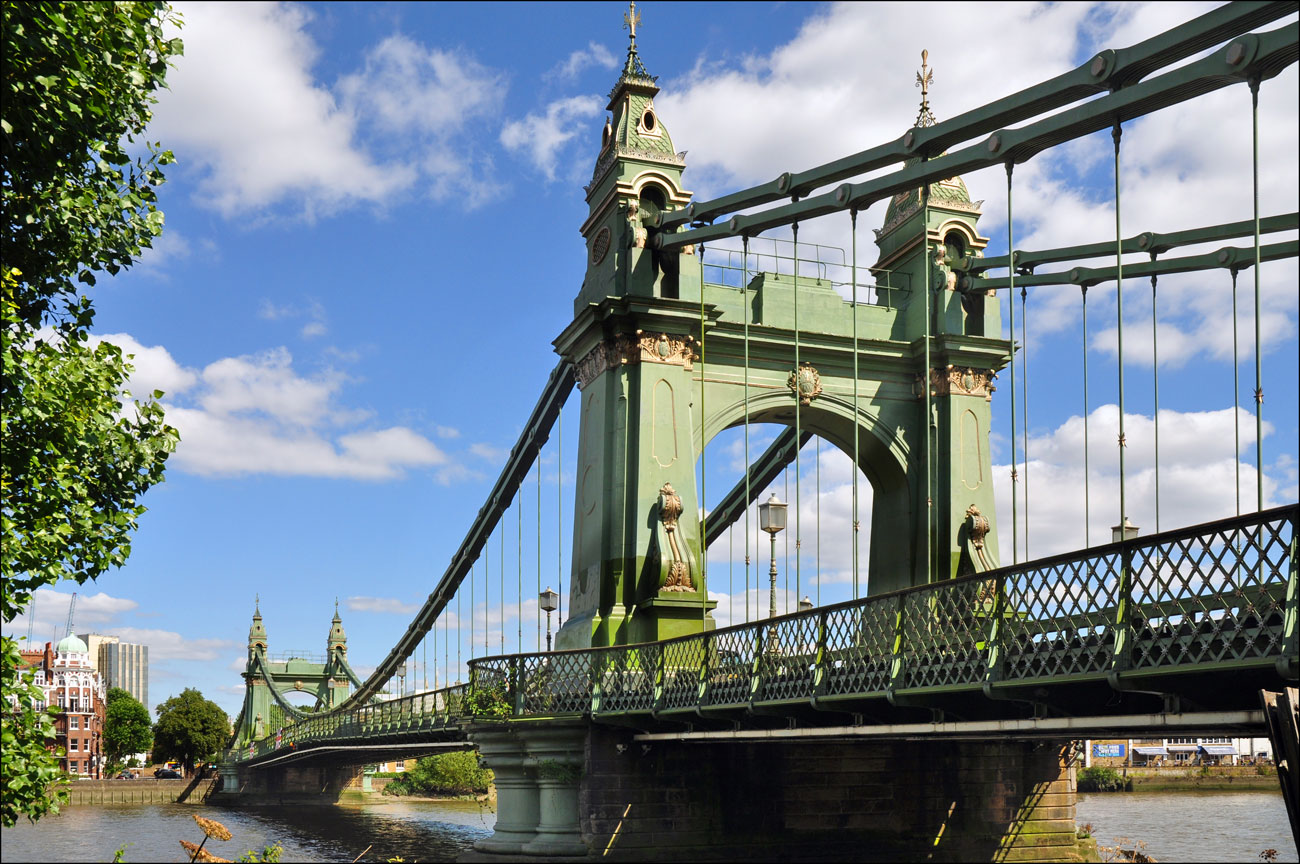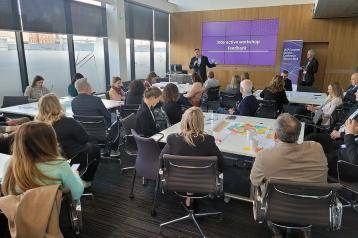
Hammersmith Bridge is not safe to re-open to pedestrians until a programme of stabilisation works has been approved, according to the expert engineers advising bridge owners Hammersmith & Fulham Council.
The 134-year-old Grade II*-listed bridge was urgently closed to pedestrians and cyclists on 13 August 2020 on public safety grounds after cracking in the north east pedestal extended following a period of extreme high temperatures.
H&F Council subsequently commissioned an innovative temperature control system at the annual cost of £420,000 to offset temperature extremes on the chain supports for the bridge’s four pedestals.
A 259-page report by bridge engineers Mott McDonald has revealed that the temperature control system has been a success and “provides some mitigation” by moderating the load on the pedestals.
It states: “There are another three pedestals with different defects pattern and ground conditions. Whilst there are clearly similarities in behaviour at each of these pedestals, conclusions cannot be reliably drawn on these remaining pedestals until blast cleaning and 100% visual and MPI (Magnetic Particle Inspection) examination are complete.”
The Mott McDonald report has now been submitted to the Department for Transport (DfT) Taskforce along with advice prepared by the Board for the Case for the Continued Safe Operation (CCSO) of Hammersmith Bridge.
In light of the Mott McDonald findings, the CCSO Board has delivered a five-point strategy before the closure can be reviewed.
The strategy states:
- All three remaining pedestals, not just the North East pedestal, must be inspected as fully as possible.
- The temperature control monitoring system must be shown to be effective over a full range of ambient temperatures.
- The engineers’ report into the North East pedestal must be subjected to an independent “Category 3” check.
- Failure to set a date for remedial works must mean continued closure of the bridge.
- Indefinite use of temporary measures is not acceptable.
The CCSO Board report says: “The public cannot be allowed to use the bridge until it is repaired because it has proved to be unstable and still contains unknowable features.
“Without a funded plan for repair, even the limited current use must cease. It is not acceptable in managing safety risk to rely upon interim measures indefinitely.”
Engineers from the CCSO, Mott McDonald, Xanta, WSP and H&F have also submitted a 16-page critique of a report by the DfT’s own engineers AECOM which includes a challenge to the suggestion that the August decision to close the bridge had been “conservative”. They also call into question Professor Norman Fleck’s suggestion that the bridge could be re-opened “quickly and cheaply” within weeks.
Cllr Wesley Harcourt, H&F Cabinet Member for the Environment, said: “It is welcome news that the temperature control system we installed has proved to be a success. We now need to move at pace to deliver on the further investigations and stabilisation work required.
“As we have suggested since closing the bridge on public safety grounds in August, there is a clear route towards the bridge being re-opened for pedestrians and cyclists within a year provided the necessary programme of stabilisation works is agreed.”




